Search
Remove Ads
Advertisement
Summary 
Loading AI-generated summary based on World History Encyclopedia articles ...
Search Results

Article
Roman Games, Chariot Races & Spectacle
If there was one thing the Roman people loved it was spectacle and the opportunity of escapism offered by weird and wonderful public shows which assaulted the senses and ratcheted up the emotions. Roman rulers knew this well and so to increase...
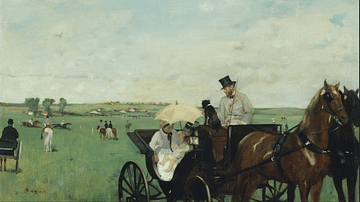
Image
A Carriage at the Races by Degas
An 1869 oil on canvas painting, A Carriage at the Races, by Edgar Degas (1834-1917), the French impressionist painter. The scene is typical of Degas' style where the subject is markedly off-centre and with parts even out of the frame. The...

Image
Approximation to the Value of Square Root of 2
This is one of the best methods of approximation to the value of square root of 2 used by the Pythagorean brotherhood.

Image
An Essay on the Inequality of the Human Races
Original edition of Arthur de Gobineau's (1816-1882 CE) An Essay on the Inequality of the Human Races. 1853 CE. Library of the National Museum of Natural History, Paris.
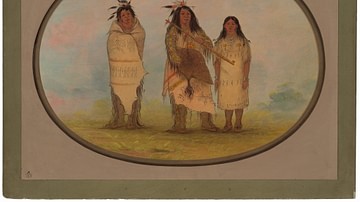
Article
The Life and Death of Sweet Medicine
The Life and Death of Sweet Medicine is a Cheyenne tale of the great prophet and law-giver Sweet Medicine who received the sacred Four Arrows, structure of government, and rules of society from Maheo, the Wise One Above, and predicted the...
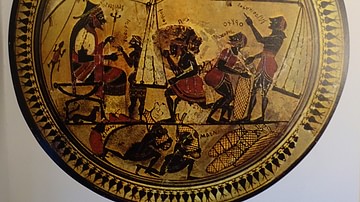
Article
Theophrastus and Pliny the Elder on Silphium
The silphium plant of Cyrene, valued as a seasoning, aromatic, and for its medicinal properties, is referenced by several notable ancient writers, but two of the best-known descriptions come from Theophrastus (l. c. 371 to c. 287 BCE) and...
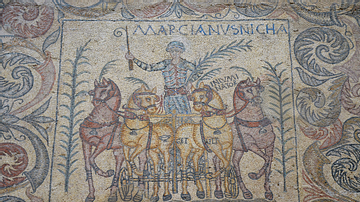
Article
Chariot Racing in Ancient Rome
Chariot racing was very big business in ancient Rome. There was a whole industry built around the factions, the four professional stables known by their team colour – Blue, Green, Red, and White –, providing all that was required for a race...
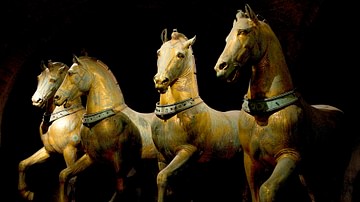
Article
The Hippodrome of Constantinople
The Hippodrome of Constantinople was an arena used for chariot racing throughout the Byzantine period. First built during the reign of Roman emperor Septimius Severus in the early 3rd century CE, the structure was made more grandiose by emperor...

Video
Ancient Roman Games, Sports and Spectacles
The people of ancient Rome loved spectacles and, lucky for them, they could often be entertained by lavish public shows. The emperors of Rome knew of their people's love of spectacle so a way that they could garner popularity and prestige...

Definition
Circus Maximus
The Circus Maximus was a chariot racetrack in Rome constructed in the 6th century BCE. Used for other events such as the Roman Games and gladiator fights, it last hosted chariot races in the 6th century. Partially excavated in the 20th century...